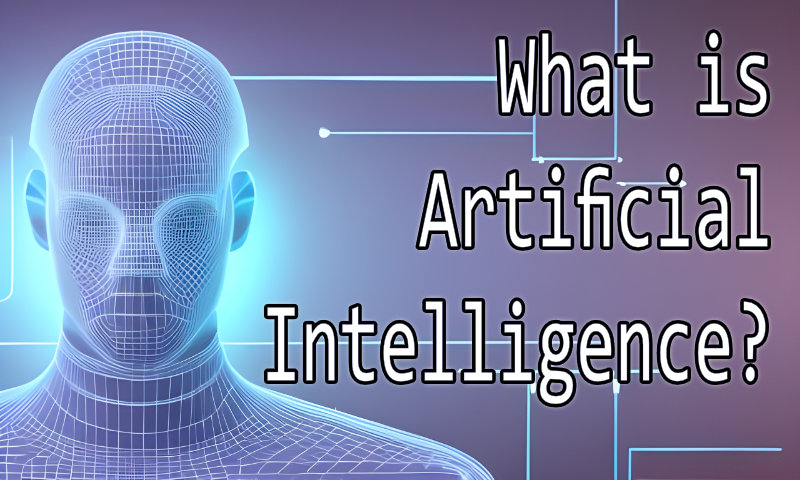
Artificial intelligence (AI) is a rapidly growing technology with a wide range of possibilities. From robots and autonomous vehicles to digital assistants and predictive analytics, AI is at the forefront of transforming the way we live our lives. But what does AI mean, and how can you get started with it? This guide explores AI and provides the information you need to understand and benefit from it.
AI: It’s Not Just for Robots
AI is frequently associated with robots, and for good reason. As AI technology has advanced, robots have become increasingly capable of carrying out complex tasks, from picking and packing items to performing surgery. But AI is much more than robots – it’s a broad field that encompasses machine learning, natural language processing, and computer vision, among other technologies.
AI is used in a wide variety of applications, including self-driving cars, facial recognition, and virtual assistants. In addition, AI can be trained to identify patterns and make predictions, enabling businesses to make better decisions and improve customer experiences.
An Introduction to Artificial Intelligence
At its core, AI is the study of how computers can be made to think and act like humans. AI involves the development of algorithms – or sets of instructions – that enable computers to mimic human behavior. These algorithms are based on data and trained to recognize patterns, make decisions, and carry out tasks.
One of the major goals of AI is to enable computers to think and act like humans. This has led to the development of technologies such as natural language processing (NLP), which enables computers to understand and respond to human language, and computer vision, which enables machines to recognize and respond to visual cues.
Discovering the Benefits of AI
AI has the potential to revolutionize the way we live, work, and interact with each other. It can be used to automate mundane tasks and free up time for more meaningful activities. AI can also improve decision-making by providing insights and recommendations based on data analysis. In addition, AI can be used to detect fraud, improve customer service, and optimize marketing campaigns.
The benefits of AI extend beyond the workplace. AI can help improve medical care by automating mundane tasks and providing insights into patient care. It can also be used to develop new treatments and improve diagnostic accuracy.
Taking the First Steps with AI
If you’re interested in exploring the potential of AI, the first step is to understand what it is and how it works. It’s important to understand the different types of AI, such as supervised learning, unsupervised learning, and reinforcement learning. It’s also important to understand the different tools and frameworks available, such as TensorFlow, PyTorch, and scikit-learn.
Once you have a basic understanding of AI, the next step is to start experimenting. You can use off-the-shelf tools and services to build basic AI models and explore the potential of AI. You can also look into specific areas such as natural language processing or computer vision.
Ultimately, the best way to learn about AI is to get your hands dirty. Experimenting with AI can help you gain a deeper understanding of its capabilities and potential applications.
AI is a rapidly growing field with a wide range of possibilities. From robots to predictive analytics, AI is transforming the way we live and work. This guide provides an overview of AI and explains how you can get started with it. With the right knowledge and tools, you can begin to explore the potential of AI and discover the many ways it can benefit your life and work.